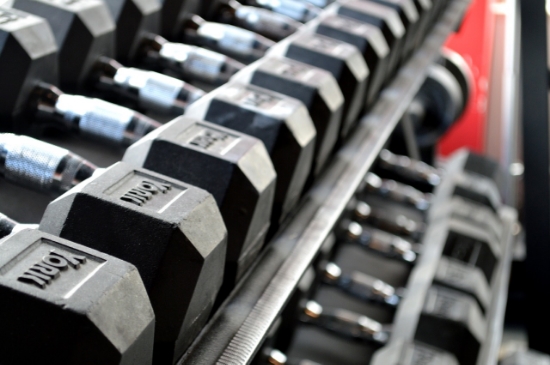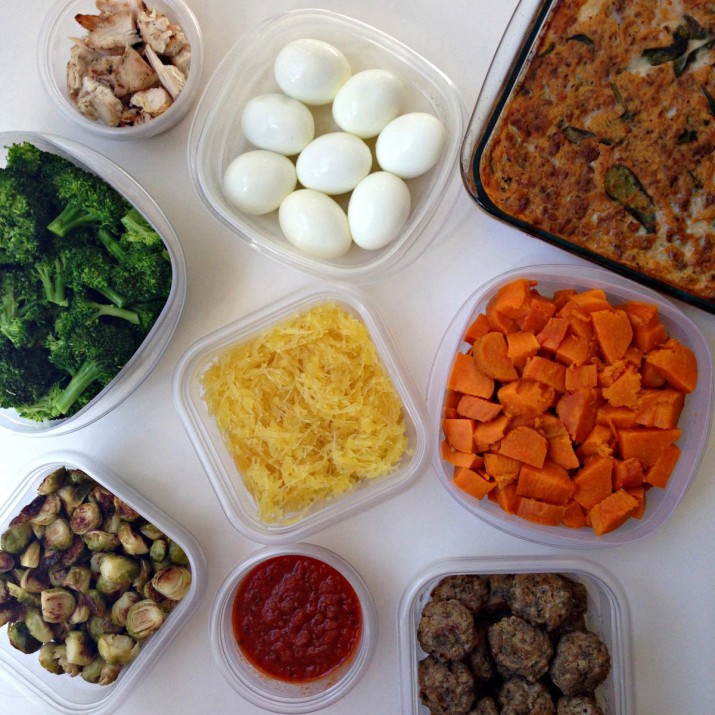
Struggling to Gain Muscle?
Bigger, Leaner, Stronger
Few have been gifted with Top-Notch Genetics, and even less with the mindset of never doubting themselves and pushing beyond their bodies limits. However, for the majority who want to gain muscle is a slow and rather difficult process whereby mistakes and self-doubt are guaranteed.
Chances are that no matter what rules and routines you follow progress stalls, and muscles just won’t develop, your body fat just won’t get lower and your motivation and energy just depletes and for the most of it you still doing things wrong. If that is where you are or most likely headed, just know you are not alone. There is a way back to making progress and achieving our goals. Like with everything in life we have to start with checking the basics such as over-training, nutrition as well as rest.
Luckily, that’s exactly what this article is for, to help you with wherever you going wrong; save you from wasting time and energy as well as preventing mistakes in the future.
1. Rep-Range
Something we all debate about, from Coaches to Athletes to the Ordinary Gym-Goer, so what is the optimal rep range for me to follow and gain muscle? If you were like most people including myself, we are told 6-12 reps are optimal ranges, although this is true by sticking to this rep-range we will achieve results initially, but it is not right in order to progress, we need to progress and put in the intensity in order to break through and develop by sticking to 3 rep-ranges.
High Rep-Range: (+12) Training in this range will increase our Muscular endurance, which will allow our muscles to be more resistant to fatigue.
Moderate Rep-Range: (6-12) Training in this range will increase our Hypertrophy, by thickening the muscle cells.
Low Rep-Range: (1-5 reps) Usually done by using a heavier weight, by doing these sets of rep-ranges we will be able to build a stronger foundation in strength which will help in lifting heavier in our higher rep-range.
2. Resistance Training
Weight Training is the most useful tool in forcing your body into building muscle. Regardless of the rep-range, you’re working in, the weight should be just heavy enough so that you would just about be able to complete the necessary number of reps, or pushing yourself to near failure. This type of training is enough to stimulate protein synthesis, and in turn, build new muscle tissue.
Free weights such as barbells and dumbbells are far superior because they stimulate more muscle fibers at the same time while strengthening the smaller stabilizer muscles which will enable you to handle heavier weights in the long term. If you want to use the machines, put them at the end of your workout session
3. Eating Right
In order to gain a state of Lean Muscle building the most important thing you need do is balance your Macro’s. Protein is the main building block of muscle tissue, and they’re made up of chains of amino acids. These are the building blocks in gaining muscle. That being said there are two other very important macro-nutrients that most people forget about. They are carbohydrates and fats.
Simply Put Carbohydrates provide the body with energy which is required to lift the heavy weights that stimulate muscle growth.
Fats play a key role in saving proteins from being used for energy and allow them to perform their more important role of building and repairing tissues, as well as plays a role in testosterone production as well as other related hormones.
You should take care of your diet and choose carefully the foods that you eat. You should get ample amounts of protein, carbs, and fat as well as Tracking your calories you need to consume daily to build muscle and lose fat.
4. Not Enough Rest
To allow the nervous system to recuperate (neurological). The body first lifts the weight with its nervous system, secondly with the mind, and thirdly with its muscles.
Muscle can only get stronger and bigger by stimulating it through exercise, helping it to recover with high-performance nutrition and giving it rest. To regenerate the whole body, mental, physical, and psychological each muscle exercised needs rest, as well the whole body needs rest. If you don’t take rest seriously too much stress can build up and lead the body into an “over-trained” state, due to the buildup of stress.
Resting is a process that can you can sum up in 2 phases: between sets and after exercising. Between sets, you will be looking at individual rep-ranges,
- Endurance Training: Anywhere between 40 seconds to 1-minute rest is optimal.
- Hypertrophy Training: Anywhere between 1 minute to 2 minutes is optimal.
- Strength Training: Anywhere between 2 minutes to 4 minutes.
Truth be told if you neglect to listen to your body’s warning signs of possible overtraining, and if you do not get enough rest then you will not grow. Strength and muscle gains, which include fat loss, thrive during rest periods.
5. Consistency
To build that great looking physique we all want to achieve the most important factor to be consistent. Consistency is the key! In your training, your nutrition, as well as your recovery. When you’re inconsistent, that will minimize and lose all the progress you have made of adding up, which should be your primary goal.






